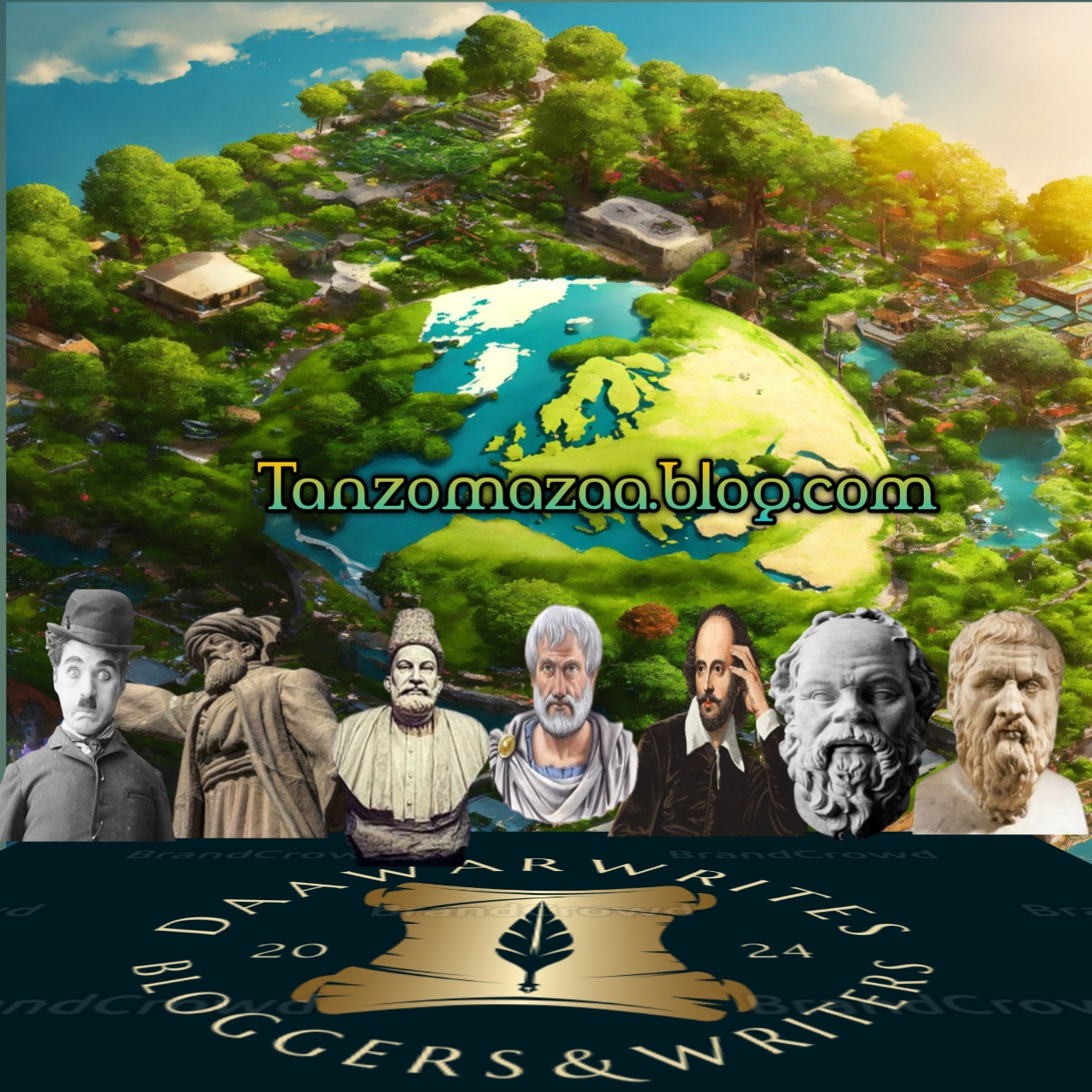Before Peter the Great developed a taste for fancy foreign words and established the trend of using them in the military and navy, we frequently used the words "hundreds" and "thousands" to describe our military units.
According to Russian culture, black symbolises modesty and self-sacrifice. Black was also worn by those who sought to draw attention to their efforts at self-improvement because Orthodox clerics and monks wore it as part of their everyday attire.
Black was chosen by Ivan the Terrible's Einsatzgruppen oprchniki ("special force"). They represented themselves as self-sacrificing Czarist servants who wanted to improve Muscovy. One of them is depicted in the image below with a dog's head fastened to his saddle as a representation of his tenacious resolve to succeed.
In ancient Russia, the word "black" also meant "plain" or "grassroots."
During the first Russian revolution of 1905–1907, Russian ultra-nationalists decided that Russia needed an additional layer of defence against Jews, Socialists, and other covert and overt enemies. They called themselves the Black Hundreds, a reference to militant commoners from the Troubles.
In 1917, when Czar Nicholas II was overthrown, they appeared to be oddly missing from the event. To make up for that tragic fact, a few radical nationalists today want to rekindle their violent spirit.






.jpeg)

.jpeg)
0 Comments